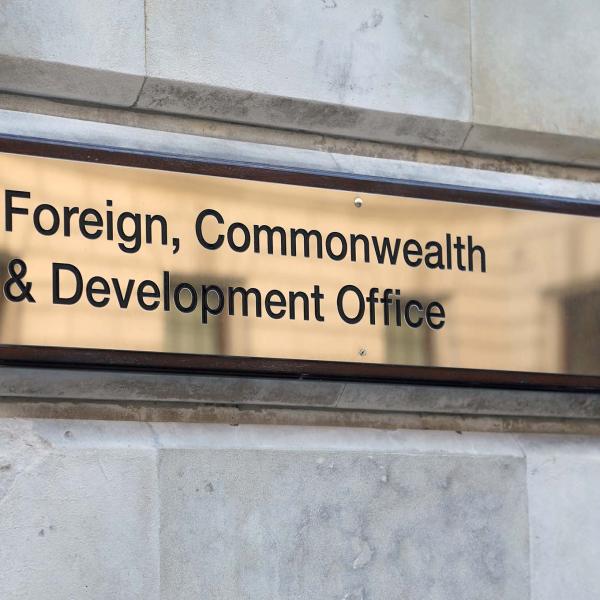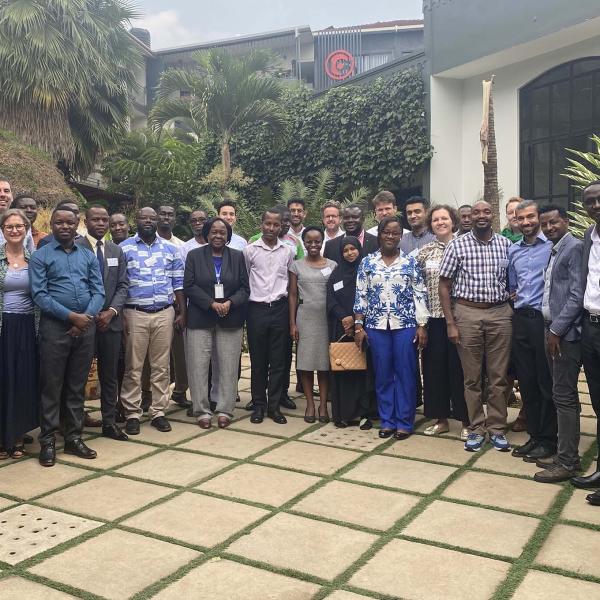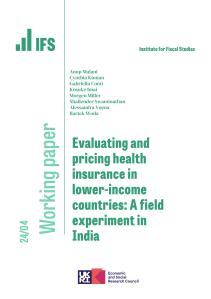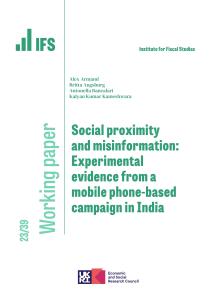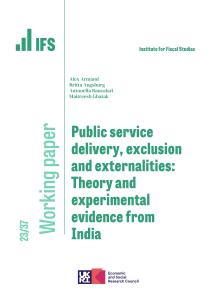Britain spent £14.5 billion on overseas aid last year, according to figures published last week. That’s 5 per cent less than in 2019. This year, spending is likely to be a lot lower, probably about £11 billion. That’s a reduction of a quarter between one year and the next and nearly 30 per cent over two years.
Spending fell in 2020 because national income fell, so less was needed to meet the target to spend 0.7 per cent of national income on aid — a target that was met almost exactly for each of the last eight years. The much bigger reduction this year is a result of a policy decision to reduce spending to 0.5 per cent of national income.
Unlike a number of prominent politicians and former prime ministers, I am not going to express outrage at this decision. It will still leave UK aid spending much higher than it was in 2010, despite big cuts in many other areas of public spending. And Britain will remain one of the world’s biggest aid donors. In 2019, 0.5 per cent would have put it below only Germany among the G7 in spending as a fraction of national income. The United States, Italy and Canada, among G7 nations, don’t spend even 0.3 per cent of national income on aid. Given the signal failure of the international community in general to live up to its agreed commitment to reach that 0.7 per cent target, decrying the UK’s efforts in particular looks like unnecessary self-flagellation.
However, the way in which policy has been changed and the wording around future policy looks neither wise nor honest.
On the wisdom, making funding cuts on this scale, this quickly will mean cuts where they are feasible rather than where value for money is lowest. Given existing commitments to, for example, the World Bank, the European Union aid budget and the pledge to double international climate finance over the next five years, some spending areas will suffer disproportionately. Humanitarian aid to Syria and Yemen is being cut, for example. Recent announcements about funding for development-related research suggest a cut of a half this year, with some programmes likely to be terminated entirely. With projects downsized or ended before completion, earlier spending is likely to end up having been wasted.
The administration of the aid budget was rather odd, in any case. Targeting a particular fraction of national income makes sense as a guide, but the laser-like focus on ensuring that spending lands at precisely 0.7 per cent of national income every year creates unnecessary complexity and, at times, unhelpful incentives.
After the enactment of the 0.7 per cent target in 2015, significant sums were moved out of the direct control of what was the Department for International Development, now part of the Foreign, Commonwealth and Development Office. In the context of spending cuts elsewhere, other bits of government were keen to get their hands on the money. Spending had to continue to meet international definitions of what constitutes “official development assistance”, but the focus changed to meet other objectives that could have been achieved more effectively by ignoring the assistance test. For example, other research priorities are likely to have been distorted by the large amounts of money available for compliant research. This has been a classic case of slavish adherence to a target distorting spending and behaviour in unintended and inefficient ways.
There is perhaps a lack of honesty in all this. If you’re really convinced of the value of this level of assistance spending, you wouldn’t be gaming your own system. You wouldn’t mind spending being a touch under or over the target in different years. You wouldn’t distort spending decisions to meet the target, you’d make best use of the money you had.
Yet the lack of honesty, or at least lack of transparency, that worries me more relates to the most recent decision to cut spending to 0.5 per cent of national income. The government’s formal position is that maintaining aid spending at 0.7 per cent is “not an appropriate prioritisation of resources” given the coronavirus pandemic, but that it intends to return to 0.7 per cent “when the fiscal situation allows”. But when will the fiscal situation allow?
Herein lies a paradox. We are a million miles from any kind of budget balance at the moment and are spending and borrowing literally hundreds of billions more than planned. Cutting aid spending by £4 billion will make a negligible difference either to short-run borrowing or to the nation’s debt. In four years’ time, on the other hand, with a lot of luck, some chunky tax increases and some really harsh decisions on domestic spending, we might just about be closing in on something like a current budget balance — borrowing only for investment. In that world, £4 billion of aid spending might really matter for meeting that current budget balance, which appears to be what Rishi Sunak is targeting. Bearing in mind all the competing pressures that the chancellor is facing, longer-term costs from health and pension spending and likely continued poor growth, who is to say when and if the fiscal situation will ever allow?
It remains to be seen whether we will get back to spending 0.7 per cent of national income on overseas aid. My guess is that there are no serious plans to do so. If there are, then it is incumbent on government to tell us when and how that will happen and especially important to plan any big uplift carefully and well in advance. We must avoid the reverse effect of sudden cuts: shovelling money out of the door to meet a higher target.
And if, as I suspect, the intention is really to stick at the new lower level of spending, it is equally incumbent on government to be honest and tell us so.
This article was first published in The Times and is reproduced here with kind permission.



